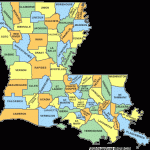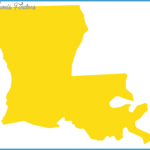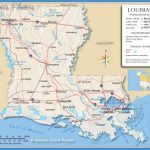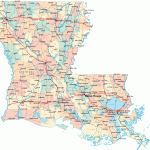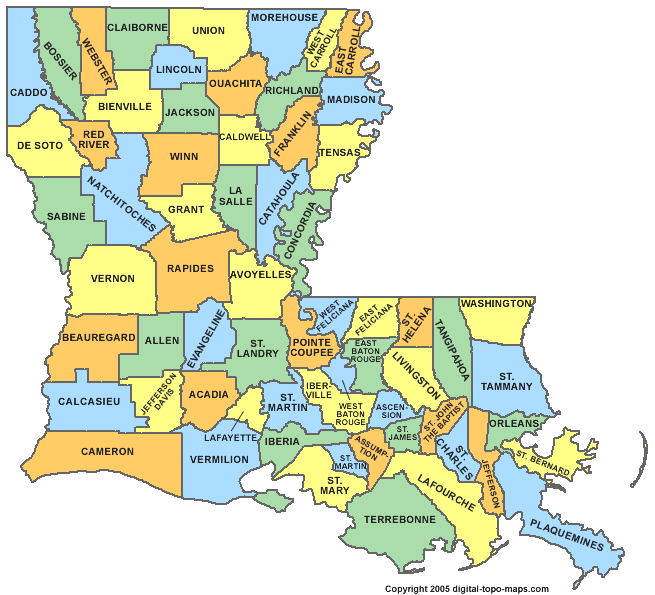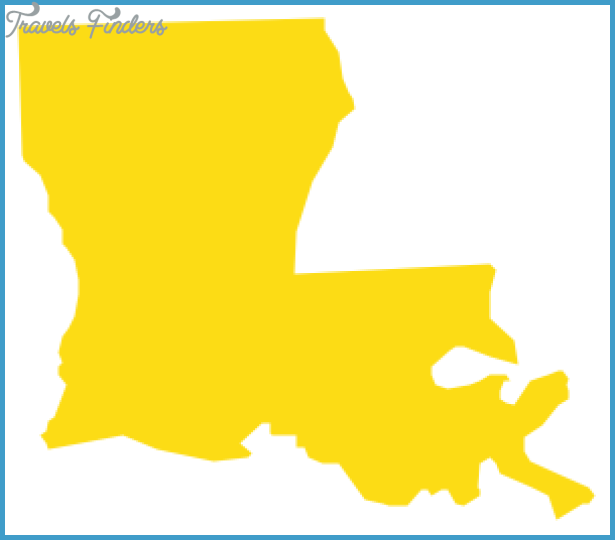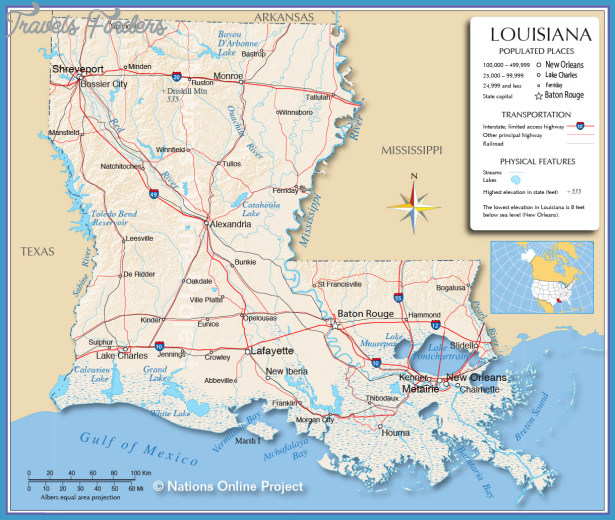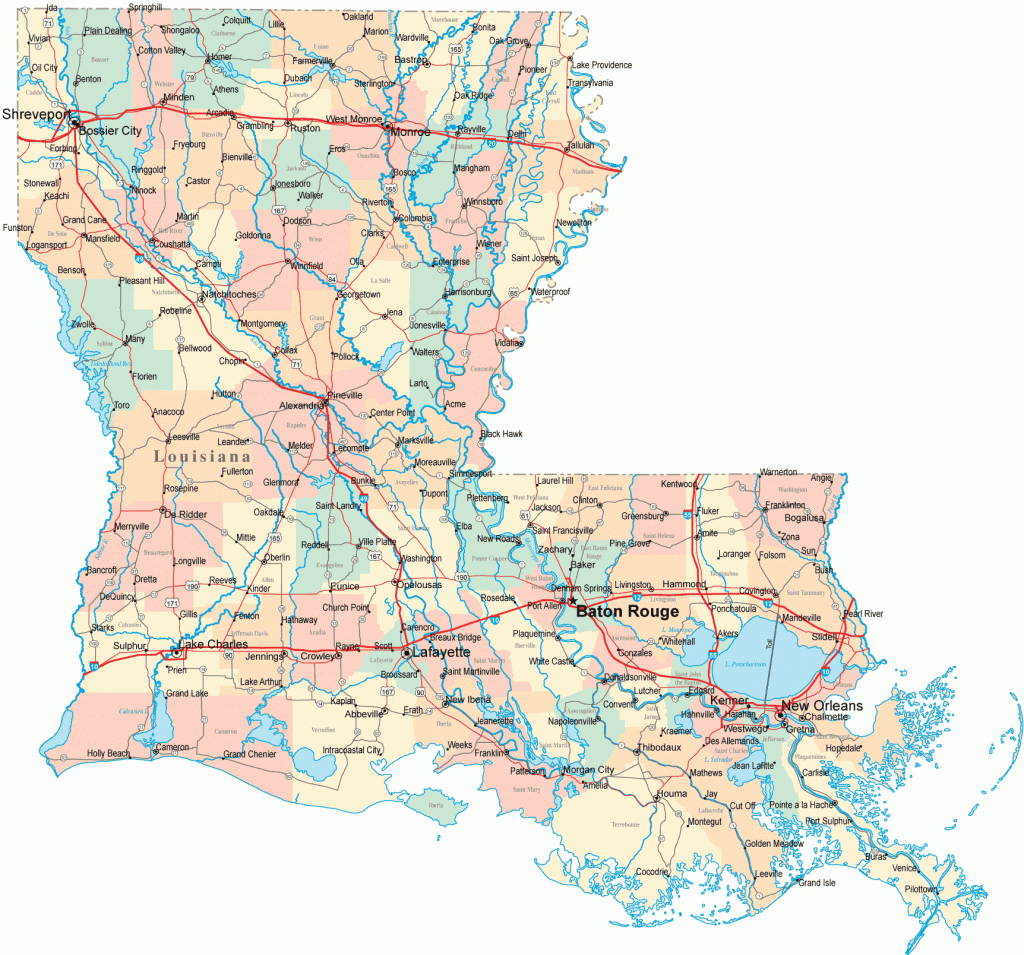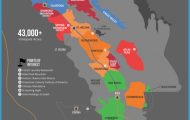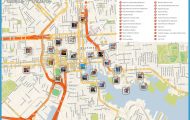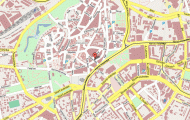The 1950s also marked concerted efforts by the white majority to limit the possibilities for Latinos to secure living wages. Latino populations in Louisiana were prevented from demanding work protections through Louisiana’s right-to-work laws. The laws compromised the emerging strength of unions in the state by making it optional, rather than mandatory, to join labor unions. The laws effectively prevented many entry-level workers from establishing union ties, and they were eventually used as strike-braking measures. Ernesto Galarza of the National Farm Labor Union worked in Louisiana from 1953 to 1954 to assist sugarcane and strawberry pickers through organized protests against agricultural exploitation of Latino workers. Galarza’s efforts resulted in the revision of many right-to-work laws through calls for the right to fair wages and safer working conditions.14 Galarza’s experiences in Louisiana and his native California led him to believe, however, that unionization would not provide the necessary safeguards and labor protections, because he saw the Bracero program as ultimately abusive of both braceros and native-born Latinos, who could not earn sustainable wages while the program was in place.15 His living through the 1954 Operation Wetback, a program established to deport Mexican and Mexican Americans to Mexico, also made Galarza distrustful of unions’ ability to protect workers. He was present in many congressional hearings on the Bracero program and eventually worked to end it. Just before the program was officially terminated in 1964 after its extension was denied by Congress a Louisiana senator presciently noted, I am certain that if the proposed extension is not granted, there may be a recurrence of conditions that existed when Mexican labor came by the thousands.16 Indeed, in 1970 less than 20 percent of Mexicans in the United States were born in their country of origin, whereas today over half of the Mexican population in the United States were born in Mexico.17 Of course the end of the Bracero program did not end the pattern of itinerant and seasonal work to the state; only the designation of legal or undocumented workers changed.
The civil rights movement in Louisiana was largely dominated along the black/white divide. Latino rights struggles were most often associated with labor issues, whereas civil rights proper was something that Louisiana blacks were seeking. Unlike the states of California, New Mexico, and Texas, during the height of the civil rights movement Louisiana’s established Latino communities composed chiefly, though not exclusively, of Islehos, Hondurans, and Mexican Americans comprised U.S. citizens, either native born or naturalized, and the more recent arrivals at the time were working difficult jobs that left little opportunity to organize protests. Differences among and within various Latino groups in the state regarding questions of civil rights were also conditioned by class standing.
Because they had been residing in Louisiana for generations, Cuban Americans in Louisiana had ties to their U.S. identity that often superseded their relationship to more recent arrivals. Cuban Americans had long established ties to Louisiana prior to the Cuban Revolution of 1959. Cuba was the Port of New Orleans’s leading customer prior to the revolution, and established Cuban American business interests were in place, as Cuban sugar producers sent their children to study agriculture and business at Louisiana State University. There was also an influx of post-1959 Cubans who settled predominately in New Orleans after the United States government started to deny financial help to Cubans in Miami if they would not move to other cities New Orleans being one of the principal cities designated for Cuban resettlement.18 However, already before the Cuban Revolution of 1959, Honduras had also become one of the largest trading partners of the Americas with Louisiana. From the mid-twentieth century to the present, Louisiana has had the highest number of Honduran Americans in the United States, with most settling near New Orleans. Native-born Honduran Americans, like Cuban Americans before them, also had a different relation to the civil rights movement and social inclusion, as their tight-knit communities provided much of the protections that were not available to more recent Latino arrivals.
Cubans reemerged as migrants to Louisiana in the 1980s though under quite different conditions from previous Cuban settlement in the state. The largest single number of arrivals to Louisiana in the 1980s was the nearly 2,400 Cuban refugees who were sent to the Oakdale Federal Detention Center in 1986. After the Port of Mariel boat exodus of 1980, during which over 125,000 Cubans sought political asylum in the United States, various detention centers were set up in the United States to house Cuban detainees who had criminal records or were considered mentally incompetent. The Marielitos, as they have come to be known, remained at Oakdale until in 1987, when, after being told that they would be returned to Cuba under a renegotiated immigration accord with Fidel Castro’s government, they took approximately 130 hostages. The hostage crisis forced the United States to negotiate with the Cuban refugees and, with the help of various intermediaries, the latter agreed to release all hostages in return for an indefinite moratorium on their repatriation to Cuba and a review of their individual cases. (It was not until 2005 that the Supreme Court ruled that open-ended detention of Marielitos was illegal.) As these Cubans were processed and released, many stayed in the Bayou State, thereby changing the class dynamics of prior Cuban migration to Louisiana.

